Xero Shoes compared to “Big Shoe”
On Friday, at their national conference, the American College of Sports Medicine hosted a panel discussion about the Science and Biomechanics of Footwear featuring representatives from Adidas, Brooks, Topo Athletic and then, me, Steven, from Xero Shoes.
The room was PACKED — the highest turnout of any event at the conference.
I don’t want to say too much about the discussion — watch it below. But you’ll notice that the Brooks and Adidas presentations never say that their footwear reduces injury or improves performance, despite that being one of their goals.
Big Shoe companies have had almost 50 years to improve over the simple footwear humans have worn for thousands of years, but it doesn’t seem the have.
On the other hand, research is showing the value and benefits of natural movement in truly minimalist footwear (which isn’t the same as footwear that calls itself minimalist, but isn’t really).
I wanted to show how your arch is strong when you let it work, but gets weaker when it’s supported, like I did here.
I wanted to say that you don’t need a transition shoe, you just get in something truly minimalist and then build up slowly. If you go to the gym, you don’t get stronger by doing bicep curls and only lifting the weight 1″… you go through the whole range of motion, first with a light weight, and then with more and more weight and more and more sets and reps. Same thing with getting used to natural running and walking.
I wanted to say that we know speed is a function of “mass specific force.” If you have identical twins who run with the same form, the one who applies more force into the ground will be faster. We don’t know someone can apply MORE force, but we know how they can apply LESS: spread the force over more surface area, or apply the force more slowly. The one thing that ALWAYS spreads force and slows it down is cushioning.
I wanted to point out that it won’t matter if you make custom-made, 3D printed shoes, if you’re using the same fundamental design — high heels, flared soles, stiff soles, and pointy toe boxes. In the last 50 years, there have been hundreds of “new technologies” in footwear… where are they now? Custom-made and 3D printed soles are just the latest in the same ideas that, again, have never been shown to be helpful.
I wanted to tell the story I was told (by someone who worked with Bill Bowerman) about why Nike started making high-heeled excessively padded shoes.
I wanted to explain how just putting a higher-heeled shoe on your foot MAKES you overstride and heel strike, and that landing on your heel is unstable, which is why you then need to correct this with motion control, and that overstriding leads to landing with your arch flattened out and weak, which is why you then need to add arch support (which just weakens your feet more). In other words, most of the technology in shoes is there to correct for a problem that the original shoe design seems to have caused.
Needless to say, I could have said a lot more, had we the time. Rumor has it we may have Round 2 of this conversation at another sports medicine event. I can’t wait.






